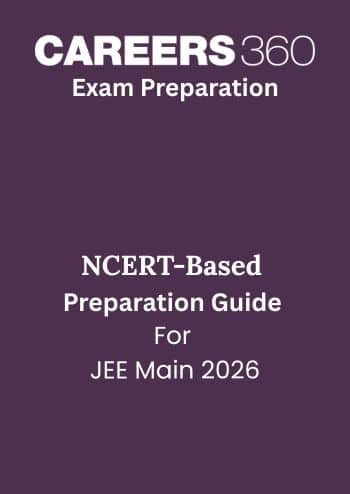- Engineering and Architecture
- Management and Business Administration
- Medicine and Allied Sciences
- Law
- Animation and Design
- Media, Mass Communication and Journalism
- Finance & Accounts
- Computer Application and IT
- Pharmacy
- Hospitality and Tourism
- Competition
- School
- Study Abroad
- Arts, Commerce & Sciences
- Learn
- Online Courses and Certifications
- Home
- JEE Main
- Study Material
- Transformations of Axes - Practice Questions & MCQ
Transformations of Axes - Practice Questions & MCQ
Quick Facts
-
6 Questions around this concept.
Solve by difficulty
If we translate the origin to $(-2,3)$ and find the old coordinate $(1,7)$ w.r.t new origin and axes. It will be
Concepts Covered - 1
Transformations of Axes
Shifting of Origin
Point P has coordinate (x, y) in the original coordinate system, i.e. in xy-coordinate system.
If the new origin takes position as O’(h, k) with new x and y axes remaining parallel to old axes.

The coordinates of the point $P$ are now $(X, Y)=(x-h, y-k)$ w.r.t. the new coordinate system (i.e. $\left.Y^{\prime} O^{\prime} X^{\prime}\right)$.
Thus, $X=x-h$ and $Y=y-k$
Or, $x=X+h$ and $y=Y+k$
Note:
If the function $f(x, y)=0$ is with respect to original coordinate system, then the equation with respect to new coordinate system is $f(x+h, y+k)=0$.
Study other Related Concepts
Transformations of Axes Current Topic
"Stay in the loop. Receive exam news, study resources, and expert advice!"

Books
Reference Books
Transformations of Axes
Mathematics for Joint Entrance Examination JEE (Advanced) : Coordinate Geometry
Page No. : 1.2
Line : 28
Clear your Basics with NCERT
E-books & Sample Papers

JEE Main 2026 Class 12th Chemistry Notes
2906+ Downloads

JEE Mains 2026 Class 12th Maths Notes
249+ Downloads

JEE Mains 2026 Class 12th Physics Notes
310+ Downloads

JEE Main- Top 30 Most Repeated Questions & Topics
61794+ Downloads

JEE Main 2026 Important Notes and Formulas
182789+ Downloads

JEE Main 2026 Preparation Tips - Complete Strategy & Study Plan
60254+ Downloads

JEE Main 2026 - 10 Full Mock Test and Explanations PDF
268589+ Downloads

NCERT-Based Preparation Guide for JEE Main 2026
322+ Downloads

JEE Main 2026 Maths Important Notes & Formulas
62151+ Downloads

JEE Main 2026 Physics Important Notes & Formulas
112757+ Downloads

JEE Main 2026 Chemistry Important Notes and Formulas
51969+ Downloads
Get Answer to all your questions
B.Tech/B.Arch Admissions OPEN
Among top 100 Universities Globally in the Times Higher Education (THE) Interdisciplinary Science Rankings 2026
VIT - VITEEE 2026
ApplyNational level exam conducted by VIT University, Vellore | Ranked #16 by NIRF for Engg. | NAAC A++ Accredited
Amrita University B.Tech 2026
ApplyRecognized as Institute of Eminence by Govt. of India | NAAC ‘A++’ Grade | Upto 75% Scholarships | Application Deadline: 15th Jan
UPES B.Tech Admissions 2026
ApplyRanked #43 among Engineering colleges in India by NIRF | Highest Package 1.3 CR , 100% Placements
Jain University B.Tech Admissions 2026
Apply100% Placement Record | Highest CTC 54 LPA | NAAC A++ Accredited | Ranked #62 in India by NIRF Ranking 2025 | JEE & JET Scores Accepted
M. S. Ramaiah University B.Tech Admissions 2026
ApplyNAAC A+ & NBA Accredited | QS I-Gauge Gold rated University | Highest CTC 52 LPA | 300+ Companies | Avail Scholarships Application Deadline: 28th Feb’26
Explore on Careers360
Colleges By Branches
Colleges By Exam
BE/B.Tech
Diploma
Student Community: Where Questions Find Answers

